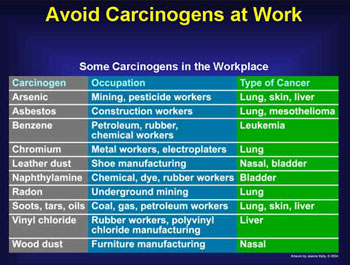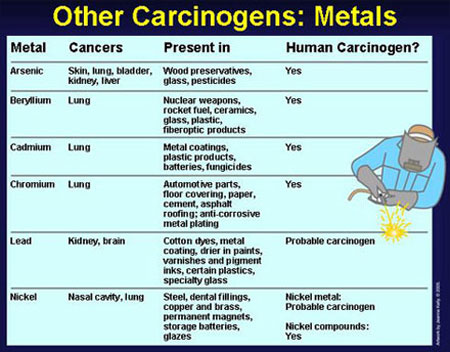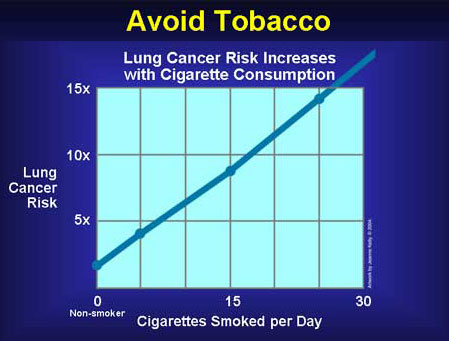Because people spend so much time at work, potential carcinogens in the work environment are studied carefully. Some occupational carcinogens have been identified because coworkers exposed to the same substances have developed a particular kind of cancer at increased frequency.
For example, lung cancer rates (specifically mesothelioma) in construction workers who handle asbestos have been found to be 10 times higher than normal.
Certain occupations carry an increased cancer risk: these include painters; furniture makers; workers in the iron, steel, coal, and rubber industries; and workers involved in shoe manufacturing and repair.
Always use proper protective equipment when handling chemicals, and clean spills immediately.







